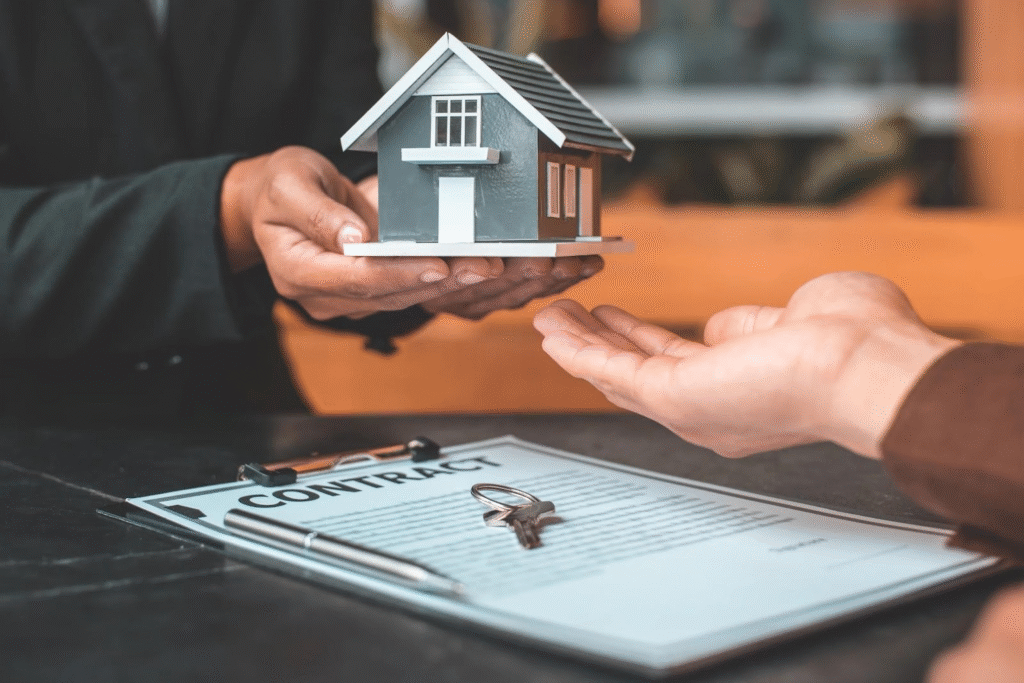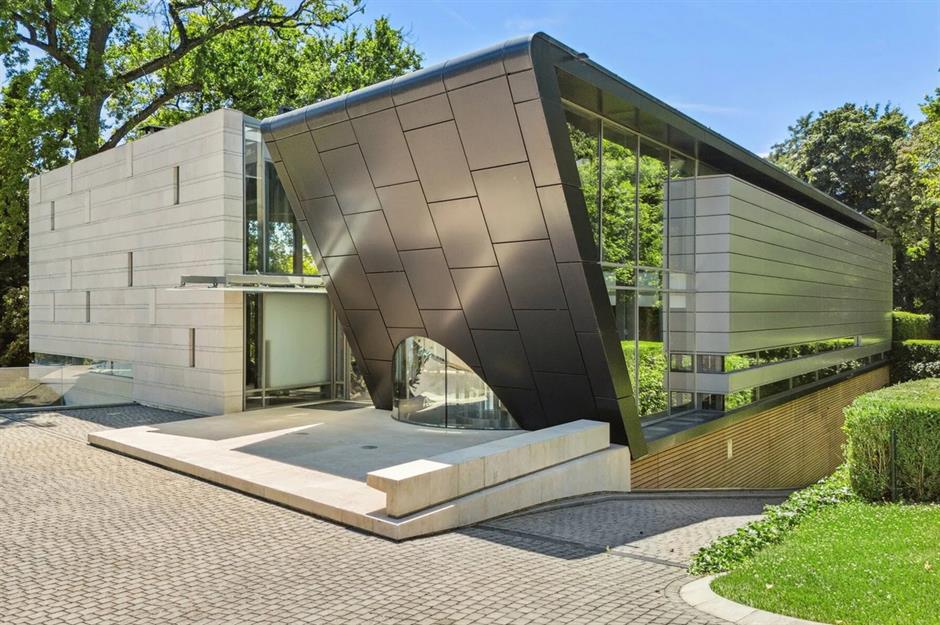Perfectly perhaps not. The prospect of 3D printing of a house, ingenious as it appears, is nevertheless one more in the extensive listing of technological dwelling-creating suggestions whose time has not come and likely in no way will appear. It is also an thought that carpenters and masons may perhaps not enjoy.
Property builders, working towards architects and engineers know that labor and resources for the structural body — walls, floors, roof — of a house stand for a little portion of the complete price of a concluded household completely ready for occupancy. Even if framing charges were being slice in fifty percent, full developing expenses and selling cost would be affected by an insignificant percentage, if at all.
This is not rocket science. Just believe about anything wanted further than framing: home windows and doorways, insulation, plumbing and related fixtures, HVAC techniques, cabinetry, appliances and finishes. Incorporate to this the expense of the whole lot and its improvements: grading, basis excavation, utility connections, landscaping.
On prime of these costs are the household builder’s numerous indirect expenses: regulatory processing and compliance similar to rezoning and creating allow issuance lawful service fees development bank loan curiosity coverage marketing and advertising and marketing and project management and administrative overhead.
The problem for home builders is that an incremental charge preserving in a person ingredient of direct dwelling building can be suddenly offset and manufactured inconsequential by unanticipated raises in other price components, equally immediate and indirect. This impairs financial feasibility, happens normally and in fact is happening proper now. Currently beforehand planned projects and budgeted design charges are rising rapidly since of cost inflation, source chain challenges and rising interest prices.
Obviously, all these authentic-world, interdependent expenses linked with genuine estate advancement and development impede house-making innovation. They are why need exceeds housing supply in lots of locations of the place, driving up house price ranges. And they clarify why generating inexpensive housing, irrespective of whether for hire or sale, keeps having tougher, a lot more pricey and much more dependent on general public subsidy.
Building matters worse are state and neighborhood development and enhancement procedures — primarily zoning — that constrain housing varieties, household densities and intermixed land uses in city, suburban and exurban places. More-adaptable rules would lessen for every-unit land prices for making housing.
These issues are not new, just as technological exploration and invention are not new. There is a very long heritage of attempts in the United States to review and deal with true estate and housing difficulties, starting off in the early 20th century. I participated in these types of an effort and hard work 54 yrs back as co-writer of a congressionally funded report titled “Roadblocks to Innovation in the Housing Marketplace.”
Our results in 1968 have not improved. Like right now, key roadblocks then had been increasing immediate and oblique design charges constrained availability and charge of property finance loan funding, both equally for builders and for property consumers and constrained land availability with superior land fees owing to restrictive zoning polices.
In the 1960s, prefabricated, manufacturing facility-made housing was considered to be the technological innovation promising to conserve income and raise the provide of American residences. Plant assembly strains could manufacture households at a quite large price. But manufacturing unit production premiums greatly exceeded rates at which finished houses could be delivered and inventoried, subdivisions established, enhanced lots well prepared, house loan financial loans obtained and profits closed. It was very clear that innovation roadblocks had been systemic rather than technological.
Only the cell-house market has properly sustained volume manufacturing of fairly reasonably priced manufactured housing. But trailer-like properties deployed in exurban, focused cell dwelling parks can not substantially tackle the country’s residential requirements.
The roadblocks claimed to Congress 54 a long time back continue to be and are nonetheless non-technological. Whilst probably enabling price tag-efficient fabrication of some development parts and areas, 3D-printing engineering is unlikely to do much to mitigate persistent, systemic housing worries in the United States.
Roger K. Lewis is a retired practicing architect and a professor emeritus of architecture at the College of Maryland.





More Stories
Landscaping Ideas to Complement Your House Exterior
Top Trending House Exterior Colors of the Year
House Exterior Painting Tips for a Perfect Finish